Rajasthani Legends
Agrasen Ki Baoli Delhi India
Mother Masala Tours
Reflections in Water
Agrasen Ki Baoli Delhi India. This ancient stepwell is believed to date back to the 14th century, with connections to the legendary figure Agrasen, a mythological king associated with the Mahabharata. It is said that this site was originally built by Agrasen himself, though it underwent substantial renovations during the reign of Sikh ruler Feroz Shah Tughlaq in the 14th century. The stepwell served not only as a water source but also as a place of leisure and community gathering for locals. This structure is an example of innovative water management, created to combat the arid climate of Northern India.
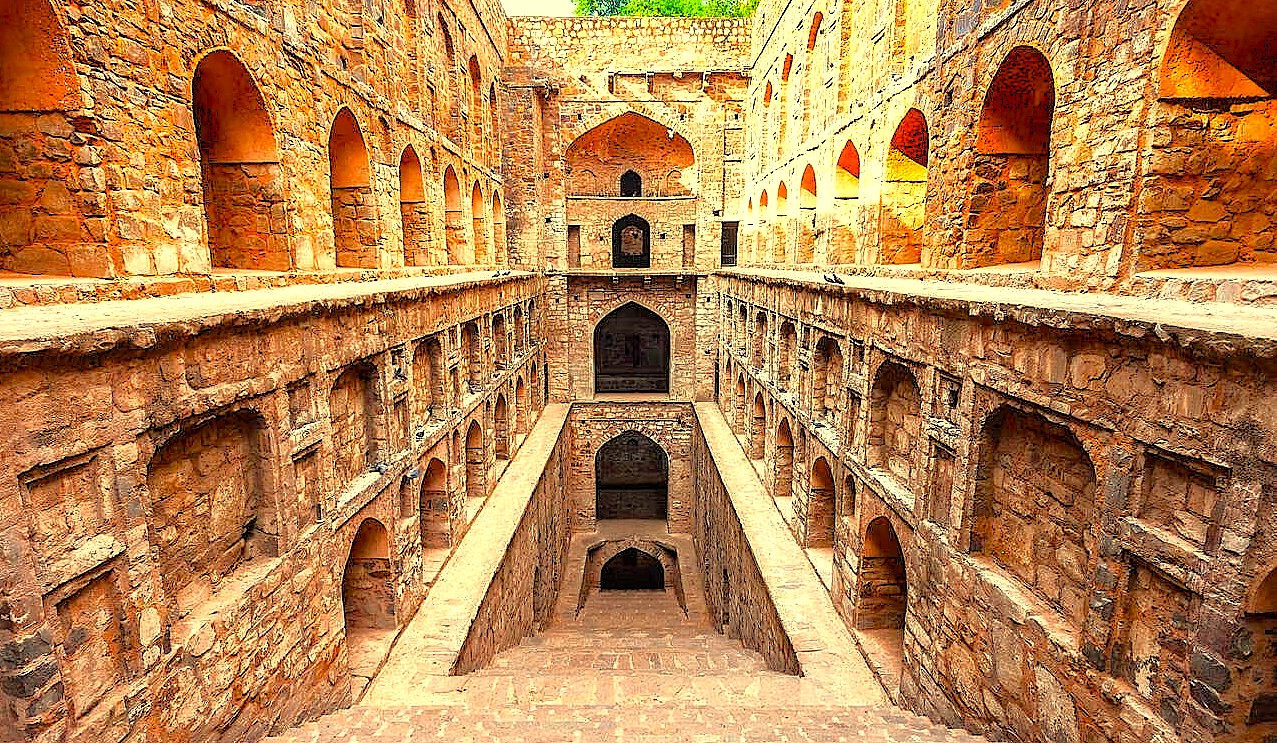
Agrasen Ki Baoli Delhi India: Sacred Water
The impressive tiered design allowed for water to be accessed over multiple levels, with deep chambers that facilitated cool, tranquil environments. As we explore, we can observe how the intricate carvings and arches blend functionality with artistry, standing testament to the skills of the craftsmen from the period. Over hundreds of years, the site has witnessed various historical events, including the rise and fall of empires, migrations, and the urban transformation of Delhi.
Timeless Artifacts
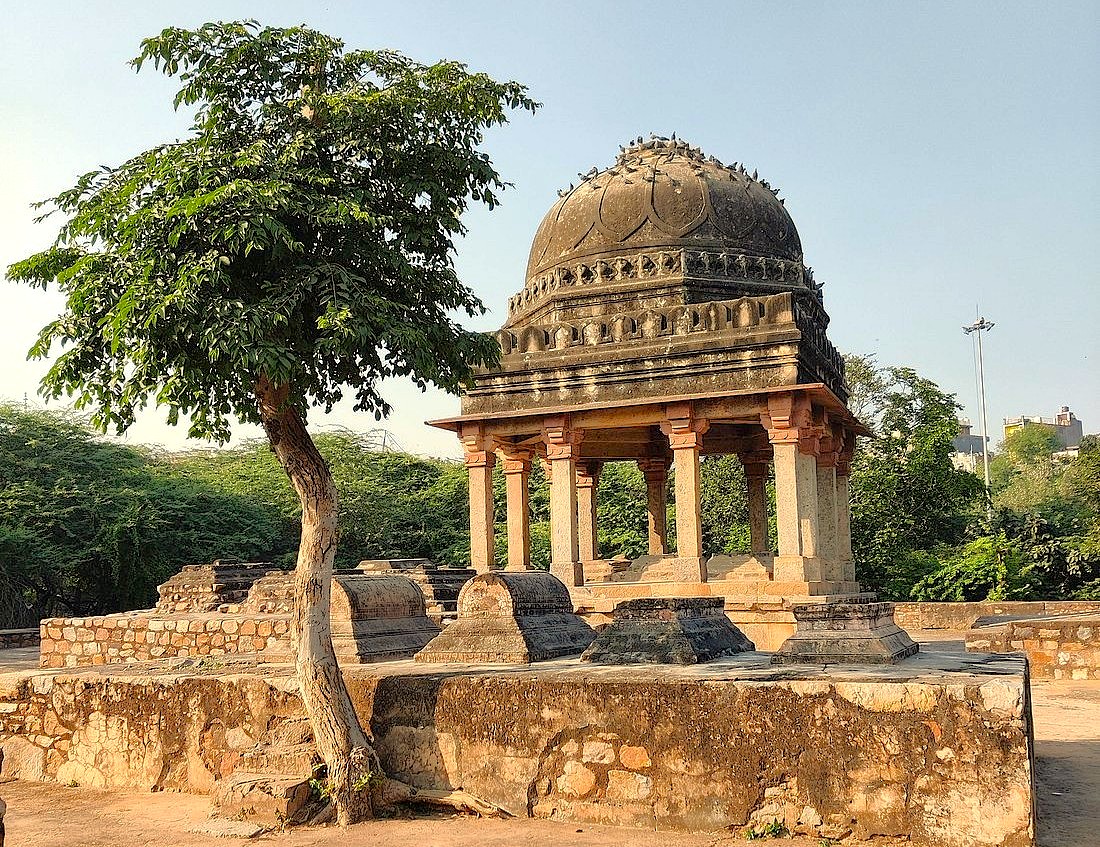
Agrasen Ki Baoli Delhi India. This location holds a treasure trove of artifacts and sacred spaces. They reveal the rich history of the city through careful detail. We encounter intricately carved stones and remnants of ancient inscriptions as we walk. These speak of the cultural and spiritual significance of this historic place. Ancient relics reflect tales of devotion and daily life for people long ago. The carvings often depict deities, mythical creatures, and scenes of courtly life, revealing artistic and engineering brilliance. Its historical importance is undeniable. Offering a glimpse into the life of those who inhabited this land centuries ago.
Ancient Mosaics: Impeccable Craftsmanship
Delving into the craftsmanship behind Baoli, one can appreciate the meticulous artistry that went into its construction. It is believed that skilled artisans of the era executed exquisite carvings on the stone walls, revealing motifs inspired by nature and spirituality. The date of construction aligns with the 14th century, when techniques were advanced, utilizing tools that shaped stone with precision.
The Pulse of the Local Community
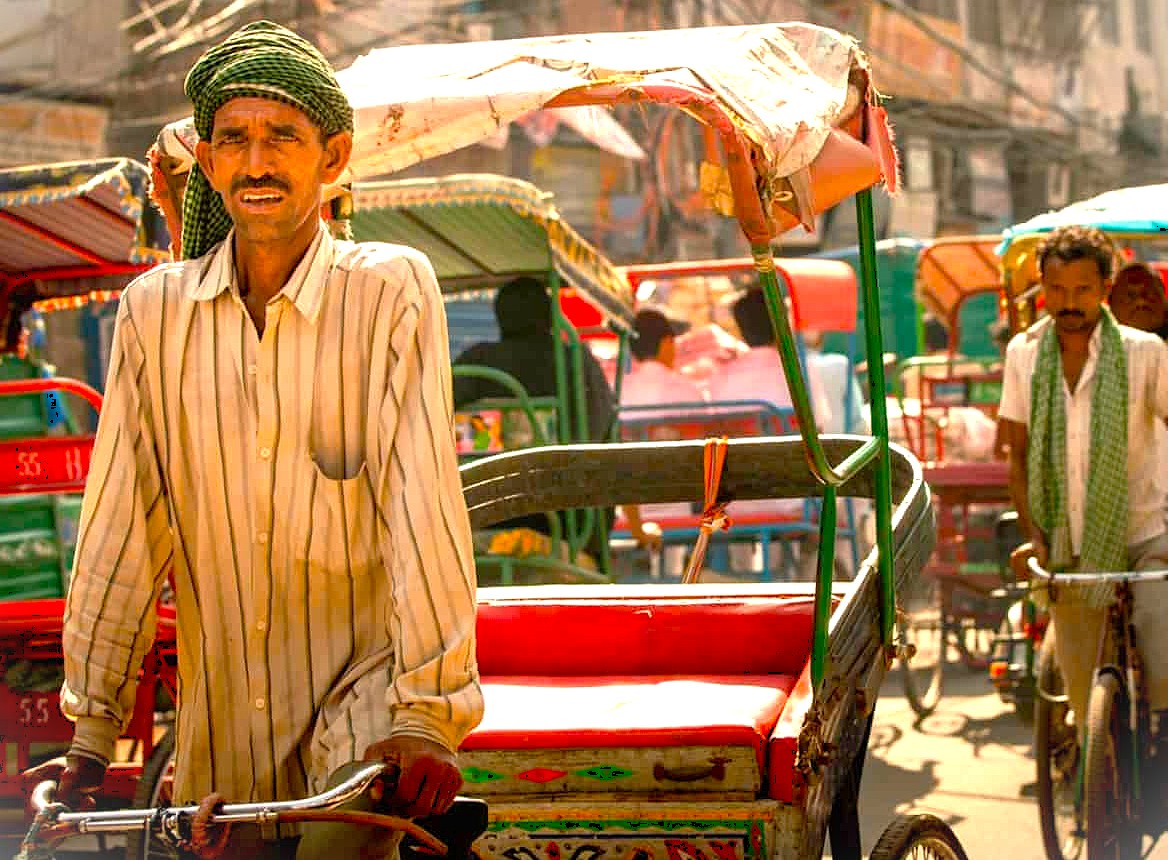
The local community surrounding the Baoli in Delhi is characterized by warmth and hospitality that make anyone feel welcomed. This area thrives with activities that connect residents to their heritage, creating a unique cultural environment. The locals take pride in sharing their history, often engaging in conversations about the stepwell and its significance in daily life. This sense of community fosters an atmosphere where traditions are celebrated and stories are shared. A genuine eagerness to connect enriches every visit, creating real experiences. We discover the authentic Delhi life at a relaxed pace.
Capturing the Magic: A Photographic Haven
Agrasen Ki Baoli Delhi India. For photography enthusiasts, this location is a treasure trove of unique compositions. The interplay of light through the intricately designed arches provides a stunning backdrop for capturing moments that reflect timeless beauty. The reflections in the water and the structural lines create an atmosphere that invites creativity. This serene environment offers you the chance to create images filled with history and artistry.
A Culinary Journey: Savor the Flavour
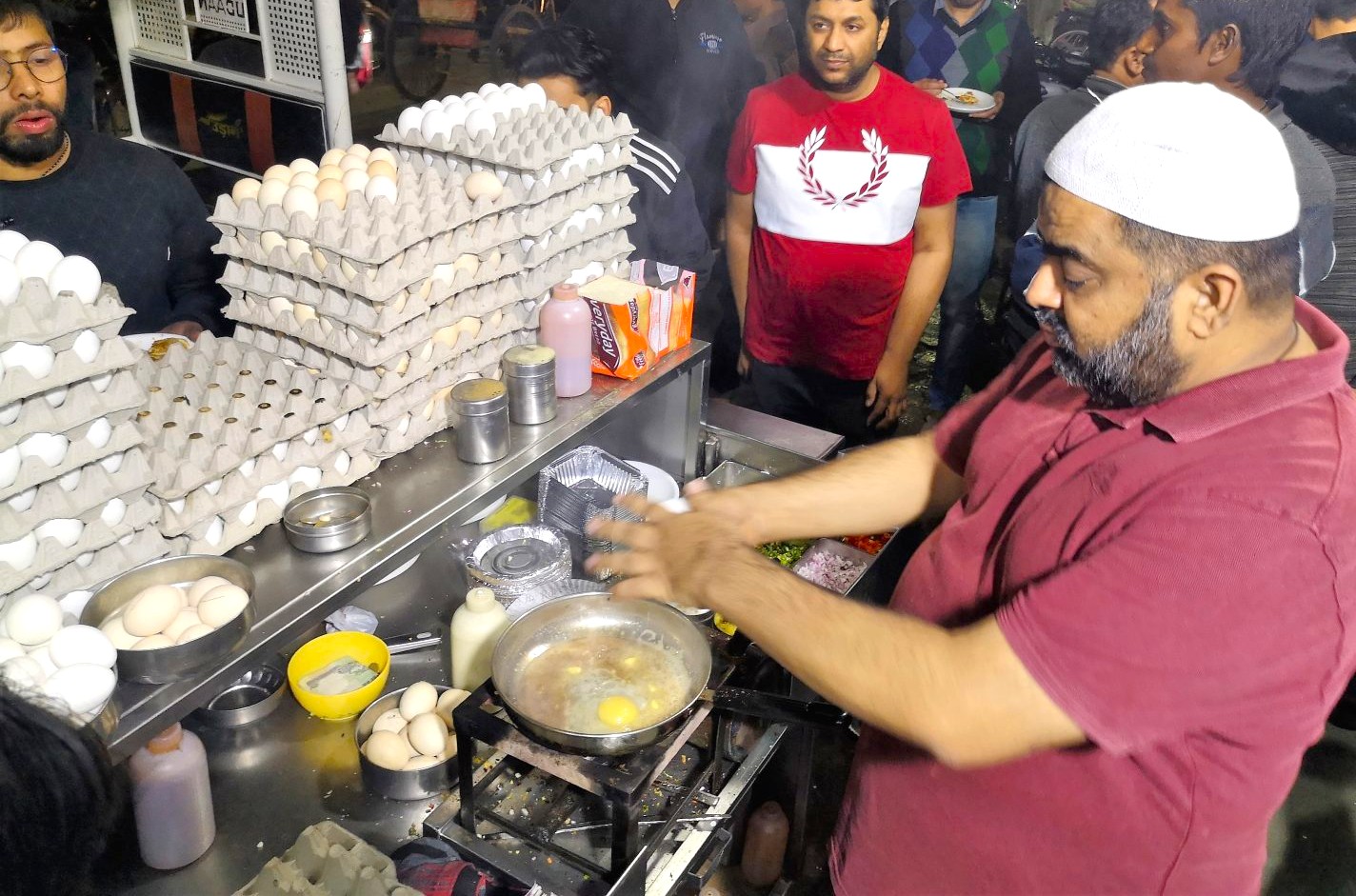
The culinary tradition in proximity to Agrasen Ki Baoli is rich and diverse, featuring many local specialties that tantalize the palate. One of the most famous dishes is Chaat, a popular and delightful savory snack made from a medley of ingredients including crispy fried dough, boiled potatoes, chickpeas, and tangy tamarind sauce. This dish, expertly prepared with a unique blend of spices, truly reflects the region’s vibrant flavors and culinary heritage. You can also savor delectable jalebis and spicy samosas from street vendors. This area is a food lover's paradise.
Festivals of Devotion: Honouring the Sacred and the Divine
Agrasen Ki Baoli Delhi India. Festivals in Delhi, embody traditions and philosophies steeped in spirituality. One significant event is Diwali, celebrated with immense enthusiasm each October, symbolizing the victory of light over darkness. During this festival, locals gather to adorn the stepwell with lights and flowers, creating a breathtaking display. Community members, including families and children, come together to celebrate with prayers, sweets, and fireworks. Proclamations of victory and renewal echo throughout the area, reinforcing the spiritual connections that bind them.
The Connection with the Gods

Delhi India, we discover the stunning ancient stepwell, Agrasen Ki Baoli. It offers a magical blend of history, architecture, and culture, attracting tourists to this iconic heritage site in the heart of India's bustling capital. A serene, powerful depiction of King Agrasen's spirit is believed to watch over this architectural marvel, adding a special layer of mystique. As a must-visit landmark, it provides a unique and peaceful journey into the past, making it an unforgettable experience. Its intricate steps descend deep into the earth. This quiet ambiance invites us to relax.
This stepwell exemplifies the principles of ancient technologies through its design, which incorporates elements of sacred geometry. The configuration of the arches and steps leads to a unique acoustic phenomenon, creating harmonious sound vibrations that were significant in spiritual practices. The materials used to construct the stepwell, including locally sourced stone, contribute to its sound quality. In addition, the geometry is not merely aesthetic; it is believed to contribute positively to mental and spiritual well-being. Frequencies, including specific Solfeggio Frequencies such as 528 Hz, known for its healing properties, resonate within the space.
Serendipitous Meetings: Beyond the Main Path
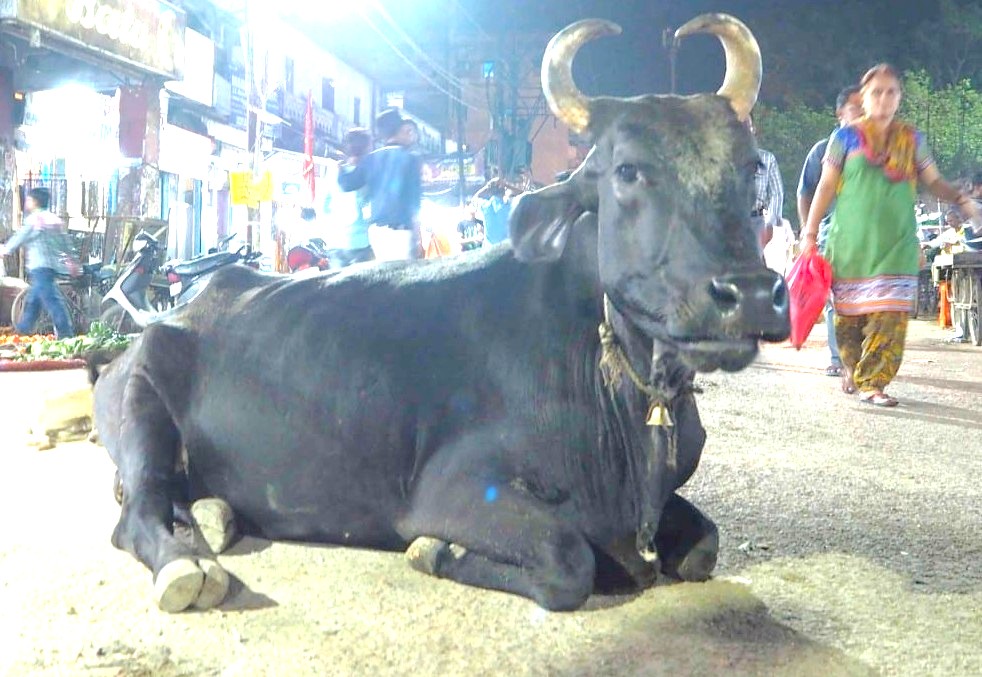
Walking through the lanes surrounding the Baoli, we explore unique spots that may not be immediately visible to everyone. We find local craftsmen in small workshops, diligently producing beautiful handicrafts, textiles, and handmade pottery. Their dedication to preserving ancestral techniques shines through. These skilled artisans are deeply engaged in their craft, inviting us to witness their intricate creative processes firsthand. These intimate encounters offer genuine insights into their cherished heritage. Alongside these workshops, eateries and tea stalls dot the streets.
Resilience and Renewal: Overcoming Adversity’s Challenges
Agrasen Ki Baoli Delhi India. Throughout history, this site has witnessed substantial events that shaped the local community's resilience. For instance, during the Delhi Sultanate and later under Mughal rule, the region faced invasions and territorial conflicts. The Battle of Delhi in 1737 showcased the fierce exchanges between rival forces that led to significant changes in governance. The local population demonstrated resilience through these challenging times, banding together to maintain their heritage and rebuild their lives. The stepwell stood as a beacon of strength, as people returned to it to draw water, symbolizing survival and community renewal. Such events have imprinted a spirit of resilience that continues to resonate with the locals today.
Let’s Go Experience the Magic, Join Us

Immerse yourself in the intrigue of Agrasen Ki Baoli. We invite you to walk alongside us as we uncover the myriad layers of history, culture, and community that define this iconic stepwell. Every moment is an opportunity to connect with the past and understand the present through the captivating stories and welcoming locals who call this place home. As we explore, we will engage in meaningful exchanges, discovering shared humanity and creating cherished memories of a lifetime. Join us and experience the beauty of history woven into the lives embracing their heritage.
Symphony of Generosity: Offerings from Wanderers to Residents
Agrasen Ki Baoli Delhi India. The interaction between travelers and the local community fosters a spirit of exchange that benefits both. Residents share their stories and traditions, while we offer respect, curiosity, and support in return. This mutual exchange cultivates an atmosphere of warmth and generosity, where each party contributes to the vitality of the place. Through this synergy, communities can flourish, ensuring that the rich tapestry of history and culture continues to thrive for generations to come.